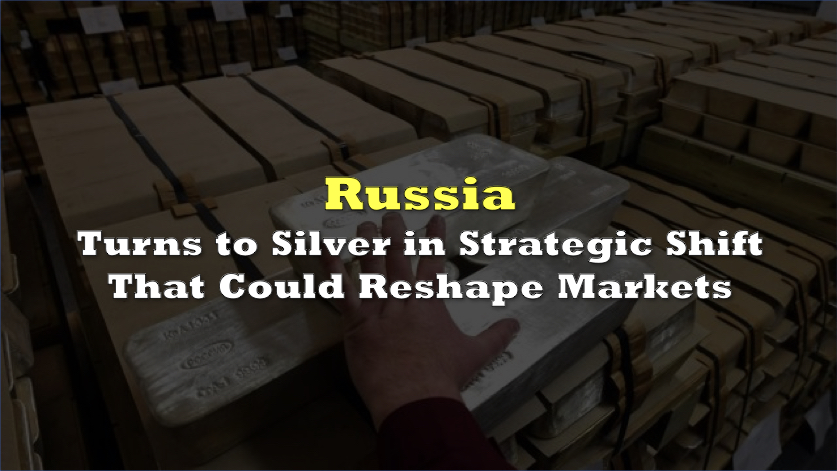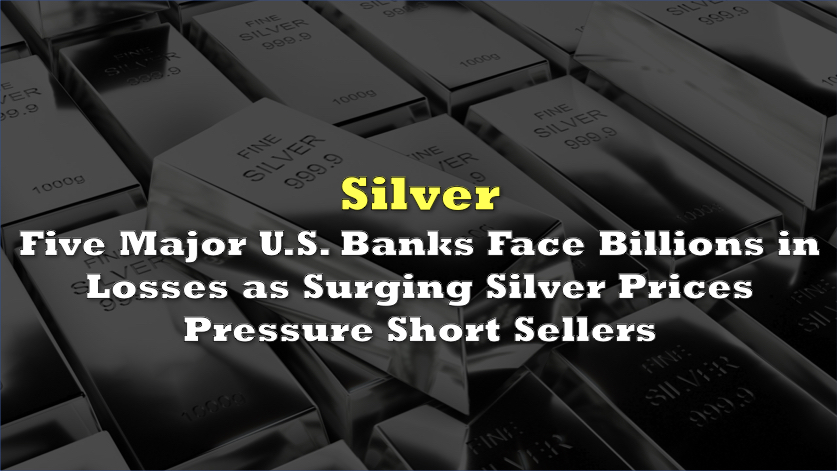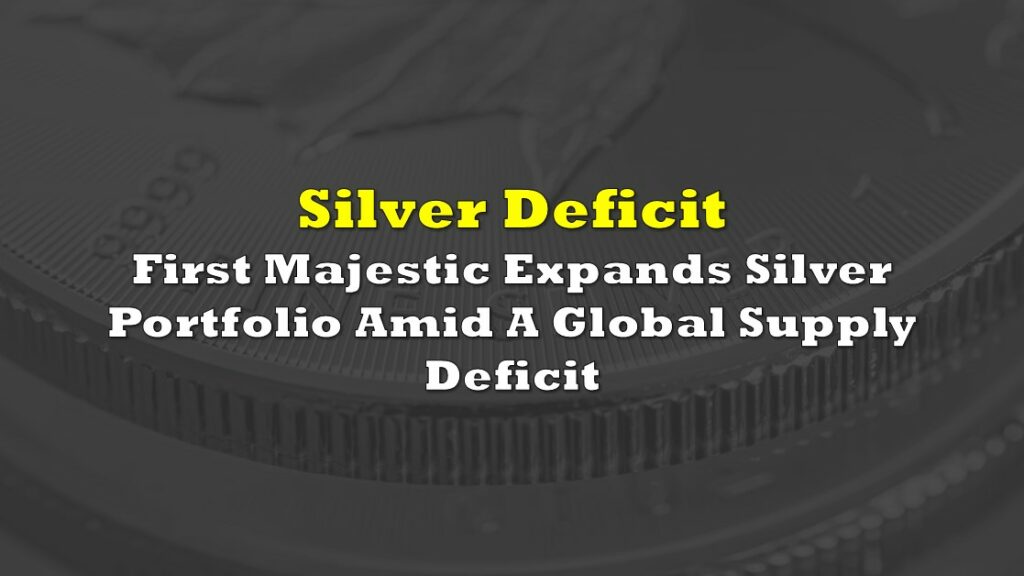Russia’s economic maneuvering in response to Western sanctions has taken a turn, as reports emerge that the nation may significantly increase its silver reserves, alongside gold, platinum, and palladium.
According to sources, including a recent Interfax report cited by Bloomberg, Russia’s Draft Federal Budget outlines a strategy that would make silver a central component of its State Fund’s growing portfolio of precious metals.
Silver’s inclusion in Russia’s precious metals acquisition plans is a marked departure from its previous strategies. Historically, silver has been overshadowed by gold in central bank holdings. However, the potential shift signals that Russia is exploring new avenues to diversify its reserves, particularly in the wake of economic sanctions imposed by Western countries.
Ed Steer, a precious metals analyst at Gold and Silver Digest, has speculated that if Russia commits to significant silver purchases, it “could prove to be the ultimate financial weapon of mass destruction” against the Western banking system. Steer’s comments point to the potential for silver to disrupt global markets, particularly if other nations follow suit.
Steer’s analysis underscores the controlled manipulation of silver prices by what he refers to as “‘da boyz’ in COMEX trading.” His detailed observations on the volatile silver and gold markets show the dramatic impact that large-scale purchases could have.
Geopolitical and Economic Context
Russia’s renewed interest in silver must be understood within the broader context of geopolitical isolation. Since 2014, when sanctions were first imposed following the annexation of Crimea, Russia has sought alternatives to U.S.-dominated financial systems, such as the SWIFT network. Gold has been a focal point in this diversification, with Russia setting records for gold purchases over the last decade.
Silver, however, had not been part of that strategy—until now.
This change appears to align with Russia’s push to bolster its economic sovereignty. President Vladimir Putin has emphasized the importance of securing key resources, both as economic tools and geopolitical bargaining chips.
Recently, he hinted at tightening export controls on critical minerals, signaling that Russia’s wealth of natural resources may play an increasingly prominent role in its strategic calculations.
The upcoming BRICS summit in Kazan, scheduled for mid-October, adds another layer of significance to Russia’s silver maneuvering. The BRICS nations—Brazil, Russia, India, China, and South Africa—have long discussed alternatives to the dollar-dominated global financial system, exploring new payment mechanisms and commodity-backed currencies. Some analysts believe that Russia could use this forum to unveil its plans for silver, in addition to revealing updated gold reserve figures.
Peter Spina, founder of GoldSeek, echoed this sentiment on social media, suggesting that a major announcement could be imminent. “PAY ATTENTION TO OCTOBER 18,” Spina tweeted, referring to a potential announcement of Russia’s additions to its foreign exchange reserves, which may include a significant silver component.
RUSSIA … and SILVER
— Peter Spina ⚒ GoldSeek | SilverSeek (@goldseek) October 5, 2024
PAY ATTENTION TO OCTOBER 18🚨
Russia to announce significant additions to FOREX Reserves
If Russia throws #silver into the mix, it could prove to be the ultimate financial weapon of mass destruction against the western banking system…
(Ed Steer)
Silver Role
Silver has historically been viewed through two distinct lenses: as an industrial commodity and as a store of value akin to gold. A large portion of the world’s silver supply is consumed in manufacturing, particularly in high-tech industries such as electronics and green energy. Solar panel production, for example, relies heavily on silver, and global demand for renewable energy is expected to surge in the coming years.
However, silver’s potential role as a financial asset has gained renewed attention, especially as governments look for ways to hedge against inflation and economic uncertainty. This is particularly relevant in the context of rising interest in green technology, where silver’s industrial use intersects with its appeal as a strategic asset.
If Russia—and potentially other nations—begin to accumulate silver as part of their reserve strategies, the global silver market could be in for a dramatic shift.
Historically, gold has been treated as a safe haven in times of economic turmoil, while silver has been less favored by central banks. But with Russia leading the charge, this perception could be about to change. The silver market, already prone to volatility due to its smaller size compared to gold, could become even more sensitive to central bank activity.
While some analysts caution against expecting immediate effects, the long-term consequences of Russia’s silver strategy could reshape global precious metals markets. Central banks have been increasingly bullish on gold in recent years, and if silver begins to follow a similar trajectory, it could signal a broader rethinking of the asset’s role in global financial systems. Governments that have traditionally dismissed silver as a strategic asset may soon reconsider.
In the short term, Russia’s actions could exacerbate existing tensions with the West, particularly if silver emerges as a tool for economic warfare. By adding silver to its reserves, Russia could further distance itself from the U.S.-dominated financial system, potentially encouraging other nations to do the same.
Information for this briefing was found via Sedar and the sources mentioned. The author has no securities or affiliations related to this organization. Not a recommendation to buy or sell. Always do additional research and consult a professional before purchasing a security. The author holds no licenses.

















